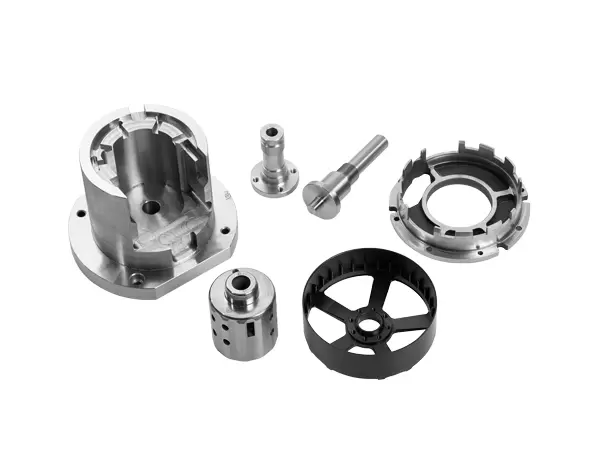Q1: What is an EPDM rubber bumper, and why is it used on trailers?
A1: EPDM (Ethylene Propylene Diene Monomer) rubber bumpers are high-performance rubber components used on trailers for shock absorption and protection against impact. They are designed to withstand harsh environmental conditions and provide a durable, long-lasting solution for protecting the trailer's body and cargo from damage during transit.
Q2: What are the key benefits of using EPDM rubber for trailer bumpers?
A2: EPDM rubber offers excellent resistance to weathering, ozone, and UV radiation, making it ideal for outdoor applications. It also has good resistance to water, steam, and low temperatures, as well as excellent flexibility and resilience, which contribute to its long service life and effectiveness as a protective component.
Q3: How are EPDM rubber bumpers installed on a trailer?
A3: Installation of EPDM rubber bumpers typically involves mounting them to the trailer's structure using bolts, screws, or adhesive. It is essential to follow the manufacturer's instructions for proper installation to ensure secure fastening and optimal performance.
Q4: Can EPDM rubber bumpers be customized to fit specific trailer designs?
A4: Yes, EPDM rubber bumpers can be customized to meet the unique requirements of different trailer designs. Manufacturers can produce bumpers in various shapes, sizes, and hardness levels to suit specific applications and provide the desired level of impact protection.
Q5: How durable are EPDM rubber bumpers, and how often do they need to be replaced?
A5: EPDM rubber bumpers are highly durable and designed to last for a long time. The frequency of replacement depends on factors such as the harshness of the environment, the amount of use, and the specific conditions the trailer is exposed to. Regular inspection and maintenance can help extend the life of the bumpers.
Q6: Are EPDM rubber bumpers suitable for all types of trailers?
A6: EPDM rubber bumpers are suitable for a wide range of trailers, including utility trailers, boat trailers, and recreational vehicles. However, it is essential to ensure that the bumpers are designed and rated for the specific type of trailer and the conditions it will be used in.
Q7: How do I maintain EPDM rubber bumpers to ensure their longevity?
A7: Regular maintenance may include cleaning the bumpers to remove dirt and debris, checking for signs of wear or damage, and applying protective coatings if necessary. It is also important to store the trailer in a suitable environment when not in use to minimize exposure to harmful elements.
Q8: What is the cost of EPDM rubber bumpers compared to other types of bumpers?
A8: The cost of EPDM rubber bumpers can vary depending on the size, customization, and quality of the product. While they may be more expensive than some other types of bumpers, the superior durability and performance of EPDM rubber can provide better value over time.
Q9: Can EPDM rubber bumpers be used in conjunction with other types of protective components?
A9: Yes, EPDM rubber bumpers can be used alongside other protective components, such as fenders, corner protectors, and dock bumpers, to provide comprehensive protection for the trailer and its cargo.
Q10: How do I choose the right EPDM rubber bumper for my trailer?
A10: When selecting an EPDM rubber bumper, consider factors such as the size and weight of the trailer, the specific areas that require protection, and the environmental conditions the trailer will be exposed to. Consulting with a trailer accessory specialist or the bumper manufacturer can provide guidance on choosing the appropriate bumper for your needs.
Mr. Chen
Chen@aroliss.com



